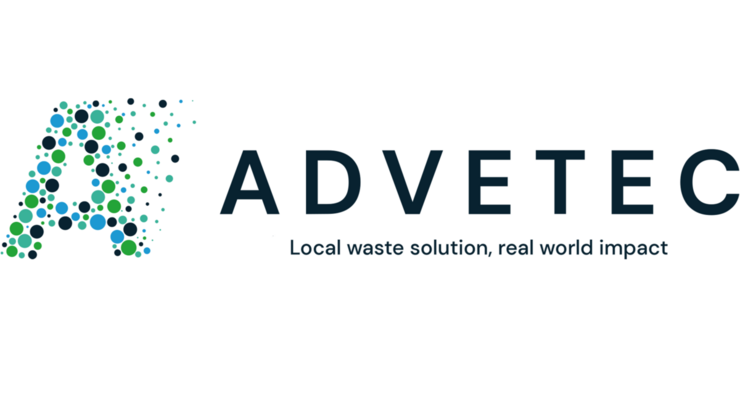ESA ON TWITTER
Member Opinion: Chain Reaction
Dr Stephen Wise, Advetec Chief Strategic Officer, Apr 12, 2022

Advetec’s chief strategic development officer explains why moving waste up the thermal value chain is an investment in the circular economy and a means to reduce waste-disposal costs and carbon emissions
With energy from waste (EfW) costs set to increase significantly, and the antiincineration movement gaining voice – calling, in particular, for a moratorium on new-build plants – UK businesses require urgent education about the greener and more cost-efficient alternatives to EfW, and why they should strive to move waste higher up the thermal value chain.
EfW plants are excellent at combusting unprocessed or crude waste that comes from households or the commercial and industrial (C&I) sector. Unlike in mainland Europe, however, most UK plants are not connected to a heat offtake. This means a significant proportion of the heat they generate is not harnessed; it’s simply lost into the atmosphere.
By removing the organic fraction of waste, biotechnology has the power to give it higher thermal value. It’s a better-quality end product – or, as we call it, floc – and it can have tremendous value to the circular economy. As such, EfW is no longer the only disposal route for mixed residual waste.
When mixed residual waste goes through our aerobic digestion process, the resulting floc is a consistent, homogenous and high-quality material. It’s such high quality that it can go on to be used as a solid recovered fuel (SRF), so is more suited to energy-efficient thermal processes. It could be used to replace carbon-emitting coal to power a cement kiln, in pyrolysis to mine it for useful chemicals, or for gasification.
In giving waste greater value through this process, the circular economy benefits. It reduces waste, recovers resources and uses themfor greater endeavour.
For businesses and waste producers, there’s a compelling financial benefit to moving waste up the thermal value chain in this way. The current (December 2021) cost to send waste to conventional mass-burn EfW is approximately £130 to £150 per tonne, whereas sending it for blending with other materials or for direct use as an SRF reduces the cost by 40 per cent. This is a significant incentive to change waste management practices.
Even if businesses still choose to send floc to EfW after using our biotechnology, there are environmental gains. Once the organic fraction of mixed residual waste has been removed, it will burn at lower temperatures in EfW plants, which means less carbon output and less lost heat.
As the climate crisis develops, we have to ask ourselves why we send so much to EfW when it’s so costly and it doesn’t extract the full value from waste, especially when the technology is already there to benefit the circular economy, reduce costs and lower CO2.
The answer is almost certainly habit, and because there is still a lack of transparency, autonomy and information surrounding waste. As the impetus for environmental change increases, however, waste creators must embrace other methods and demand different solutions from their waste handlers. This is particularly pressing if fiscal measures – such as the carbon-based incineration tax suggested by Resource Management Association Scotland – were to be introduced.
It’s time to educate waste producers on the options available and drive the uptake of more innovative and green alternatives. Giving waste greater value makes great sense – for business and for the planet.
*This article was first published in the CIWM Circular magazine (March/April 2022 edition), and has be reproduced with kind permission.


